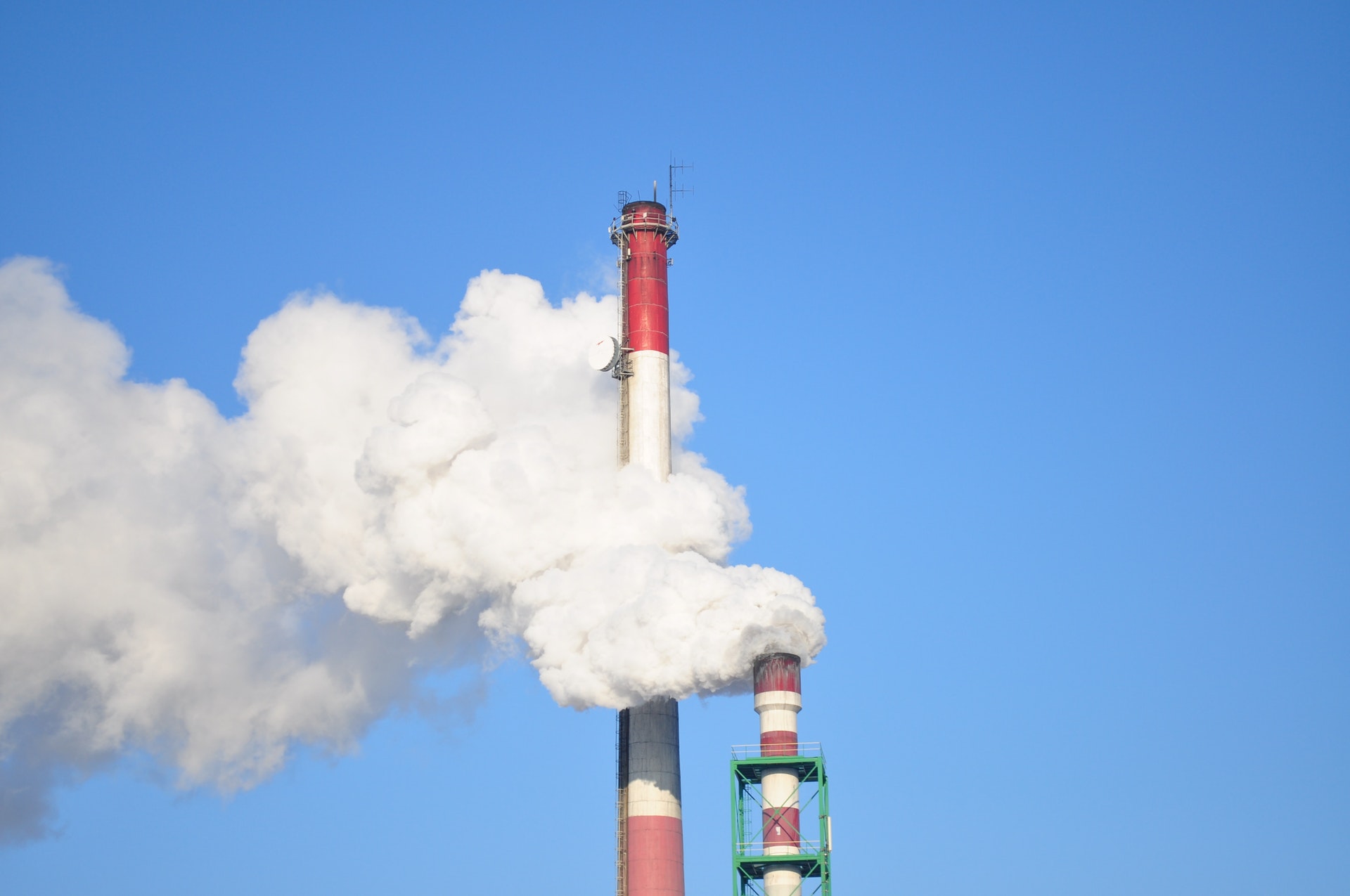
Global greenhouse gas emissions could exceed 2020 benchmark levels needed to avoid the worst effects of climate change by over a third, according to report from WWF.
Plugging The Gap, released today at the United Nations climate talks in Tianjin, China, indicates that global emission levels are on track to reach 47.9-53.6 gigatonnes by 2020 – well over the 40 gigatonnes of CO2 equivalent budget suggested by scientists to limit rising temperatures to 2°C.
“While it’s clear that some countries are waking up to the transformations they will need to make to create a low carbon economy, other countries have failed to grasp the need for deep carbon reductions now,” says Keith Allott, head of climate change at WWF-UK.
Governments can close up the ‘gigatonne gap’ between pledged reductions and what’s needed by transforming carbon-intensive economies in the developed world and financially supporting climate change action in the developing world, says the WWF.
“If we let emissions grow to 50 Gigatonnes per year, we will have massively overspent our fixed carbon budget,” explains Allott. “We need to decrease annual emissions year on year and share the remaining budget in a way that is considered fair,” he adds.
Crucially for the discussions in Tianjin, that share needs to be divided between both developed and developing nations. Industrialised nations, says the WWF report, must set emission reduction targets as they represent the most effective option.
Meanwhile, other sectors like aviation and shipping that are currently not covered by global emission reduction agreements must now be included to bring the level of reduction required.
